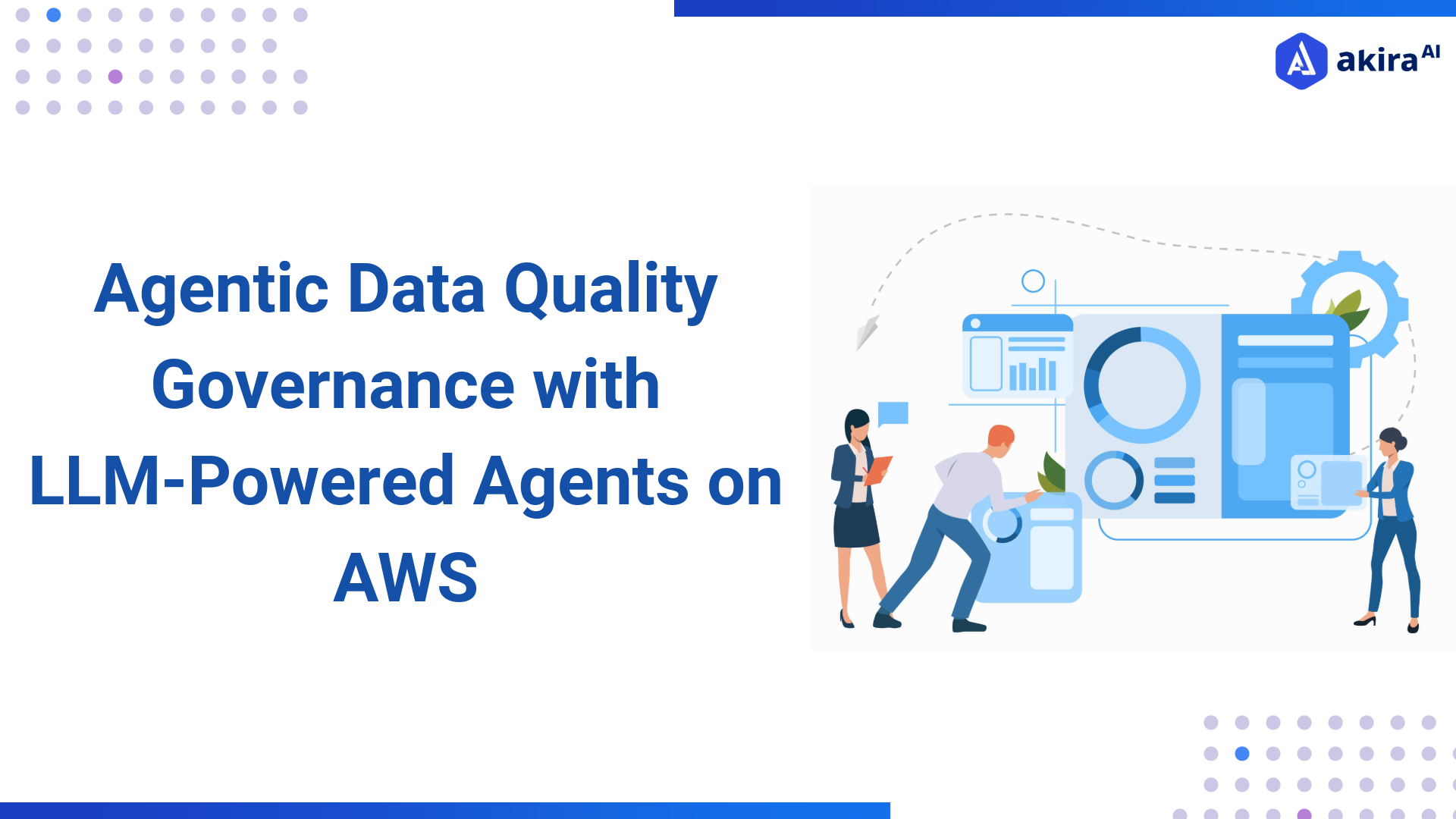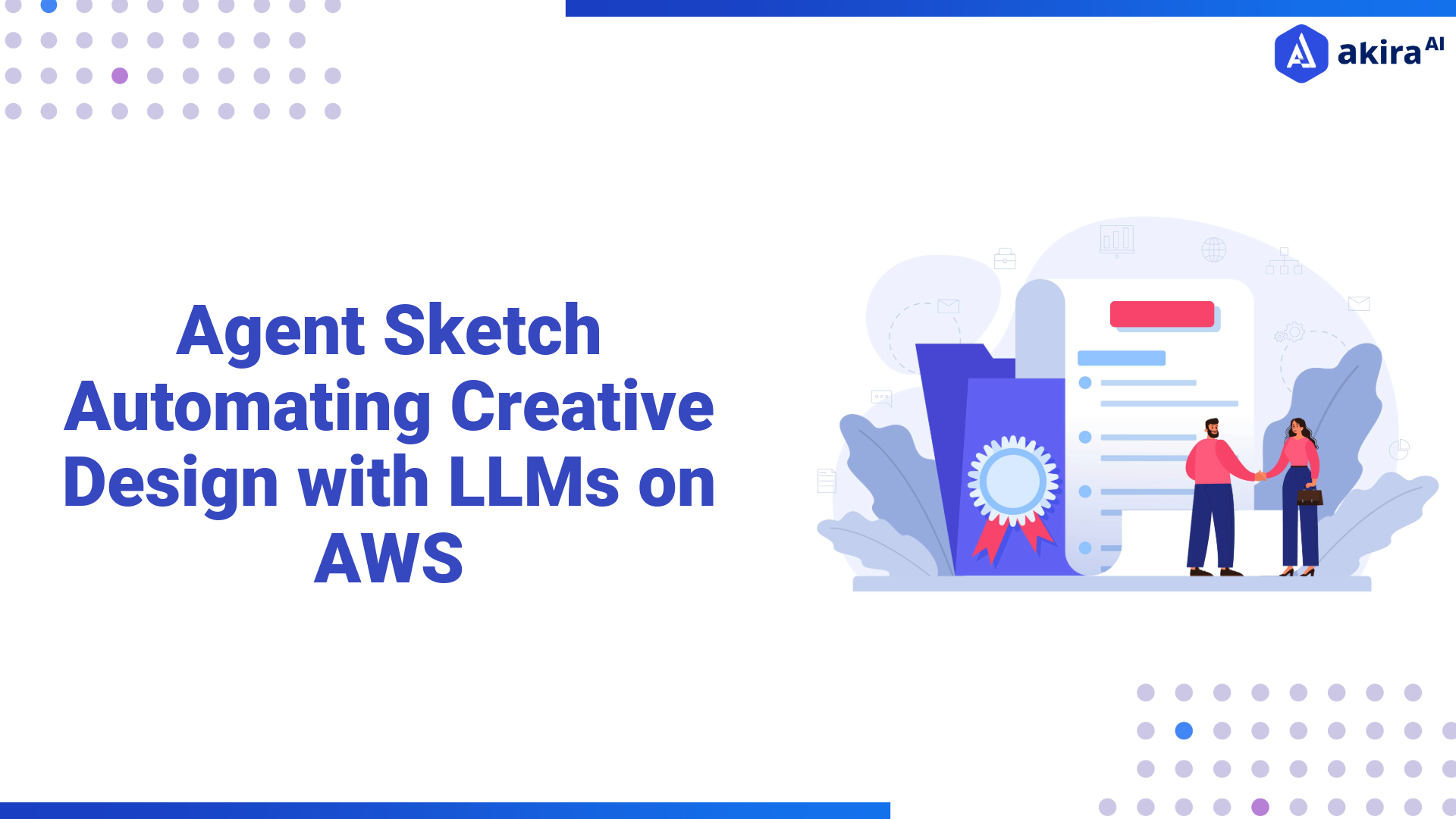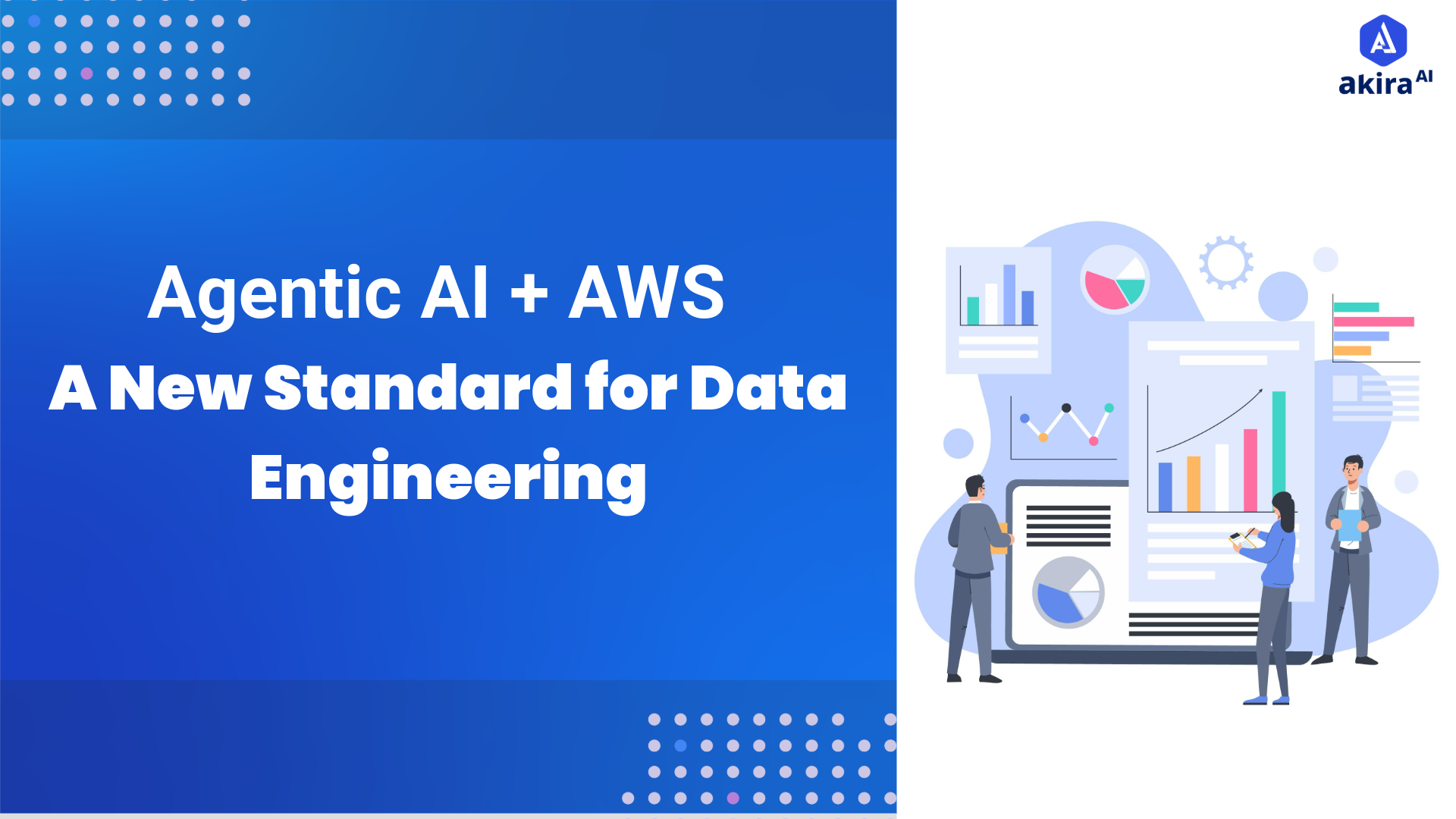Partner Solution
Solution Overview
We deployed ElixirData on AWS, leveraging its multi-agent semantic context fabric to unify transactional, compliance, and operational data. The architecture combined data discovery, governance, and observability agents with specialized agents for forecasting and anomaly detection. Secure integration was achieved through MCP servers connected to ERP, CRM, and transactional systems.
The solution delivered:
-
Real-time anomaly detection for compliance and fraud prevention.
-
Forecasting models for revenue, margin, and demand.
-
Narrative insights via natural language dashboards.
-
Governance & audit logging to meet compliance.
By deploying on Amazon EKS, the customer achieved a scalable, containerized architecture that aligned with AWS Well-Architected principles.
AWS Services Used
-
Amazon EKS – Orchestration of multi-agent architecture.
-
Amazon S3 – Storage for historical transaction and compliance logs.
-
Amazon ElastiCache (Redis) – Semantic memory and query acceleration.
-
Amazon Neptune / OpenSearch – Semantic graph for context fabric.
-
Amazon RDS (Aurora) – Relational data for operational integration.
-
Amazon CloudWatch & CloudTrail – Monitoring, audit logging, and observability.
-
AWS IAM & Cognito – Secure authentication and role-based access.
-
AWS KMS – Data encryption at rest and in transit.
.png?width=936&height=777&name=undefined%20(46).png)
Implementation Details
The project followed an Agile DevOps methodology with iterative sprints for design, integration, and testing. Major milestones included:
-
Discovery & Data Mapping: Cataloging POS, ERP, and CRM datasets.
-
Agent Orchestration Setup: Deployment of ElixirData Orchestrator on Amazon EKS.
-
Integration: MCP connectors linked ERP (SAP), CRM (Salesforce), and data platforms (Snowflake, Redshift, S3).
-
Semantic Context Fabric: Built a unified enterprise data graph using Neptune and Redis.
-
Observability Stack: CloudWatch dashboards, anomaly detection alerts, and compliance log tracking.
-
Governance & Security: IAM-based RBAC, VPC isolation, KMS encryption.
-
Testing & Validation: Performance testing for 100K+ POS transactions per day, compliance audit simulation.
The deployment reduced dependency on IT-heavy reporting cycles, enabling business teams to query in natural language, detect anomalies in real time, and forecast performance trends. The implementation was completed in under 16 weeks, aligning with regulatory timelines.
Innovation and Best Practices
The solution applied the AWS Well-Architected Framework across security, reliability, performance, and cost optimization pillars. Key innovations included:
-
Using Neptune for semantic graph modeling, enabling explainable AI insights.
-
Embedding Responsible AI practices, ensuring fairness and auditability.
-
Automating compliance validation workflows through agent-driven anomaly detection.
-
Implementing a CI/CD pipeline on AWS CodePipeline for rapid agent updates.
-
Leveraging CloudWatch anomaly detection for proactive alerting.
Results and Benefits
Business Outcomes
-
50% reduction in audit preparation and compliance validation time.
-
30% improvement in forecasting accuracy for transaction revenue.
-
Real-time fraud and anomaly detection, reducing operational risks.
-
Faster decision-making with narrative insights for executives.
-
Improved operational efficiency by reducing reliance on IT teams for reporting.
-
Clear ROI achieved within the first year through compliance cost savings and faster time-to-market for new retail offerings.
Technical Benefits
-
Scalable multi-agent architecture on EKS with auto-scaling.
-
Improved query response times via Redis caching (avg. latency reduced by 40%).
-
High reliability through multi-AZ Redshift and Aurora deployments.
-
Strengthened security posture with IAM, KMS, and VPC PrivateLink.
-
Reduced technical debt by consolidating disparate reporting platforms into a single semantic intelligence layer.
Customer Testimonial
Lessons Learned
Challenges Overcome
The biggest challenge was integrating legacy ERP systems with modern cloud services. Data inconsistencies and schema mismatches required a robust semantic mapping process. Additionally, regulatory deadlines added pressure to complete within 4 months. Through agile iterations and joint workshops with the customer, the integration hurdles were overcome. Security concerns were addressed with end-to-end encryption and IAM-driven RBAC.
Best Practices Identified
-
Establishing a semantic context fabric early helps avoid downstream reconciliation issues.
-
Embedding compliance validation into every sprint ensures audit readiness.
-
Leveraging AWS native observability (CloudWatch, CloudTrail) accelerates anomaly detection.
-
Using DevOps pipelines improved release velocity for agent updates.
Future Plans
The customer is planning to expand the solution to cover:
-
AI-driven SLA monitoring for POS device performance.
-
Deeper integration with Amazon SageMaker for advanced ML models.
-
Expansion to multi-region AWS deployments for redundancy.
-
Continuous optimization of compliance workflows with additional AI agents.





